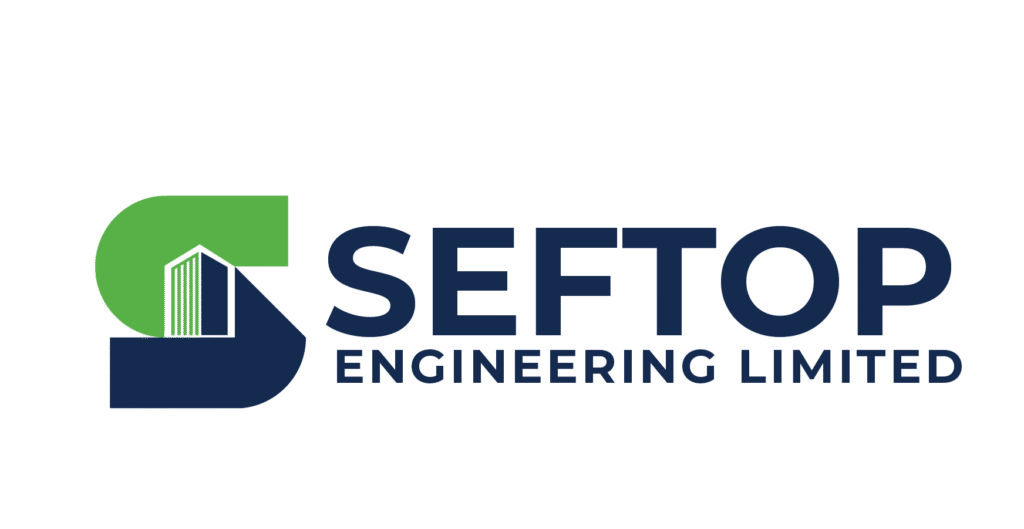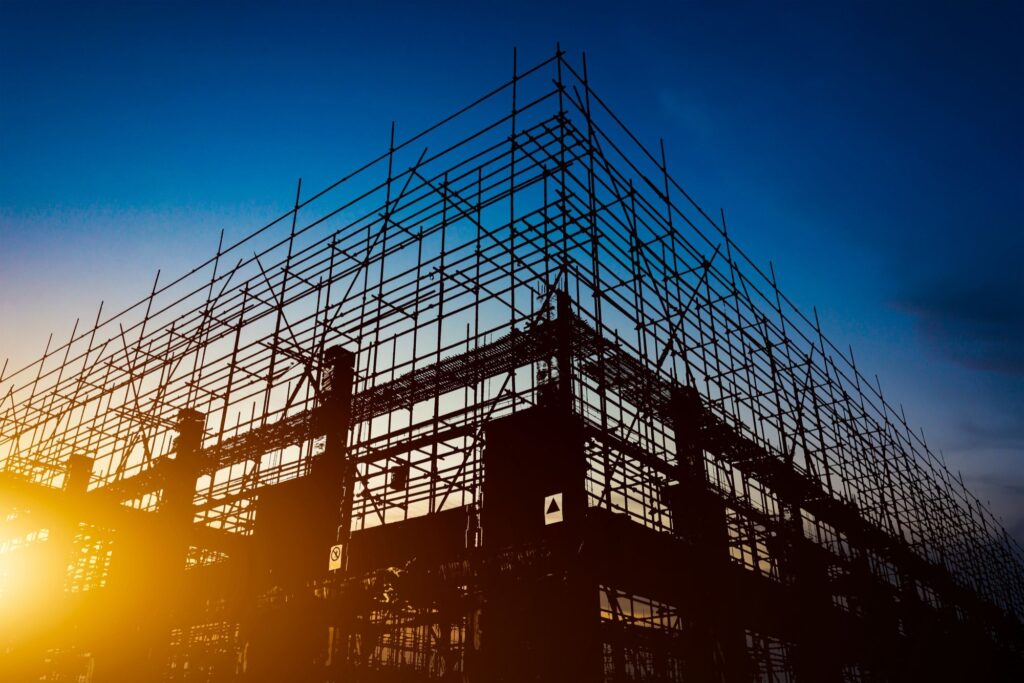From the bustling ports of Lagos to the agricultural heartlands of the North, the lifeblood of Nigeria’s economy flows along its roads. Yet, for too long, the state of this vital network has been a bottleneck, constraining growth and opportunity. At Seftop Engineering Limited, we believe that investing in high-quality, durable road infrastructure is not merely a public works expense; it is one of the most strategic investments a nation can make for sustainable economic development.
A well-constructed road is far more than a strip of pavement. It is an economic corridor, a catalyst for commerce, and a foundation for national progress. Here’s how robust road infrastructure drives economic vitality:
1. The Arteries of Commerce: Reducing Transport Costs and Boosting Trade
The most direct economic impact of quality roads is on the cost of doing business.
- Connecting Production to Markets: Farmers in rural areas can get their perishable goods to urban markets quickly and without spoilage. Manufacturers can reliably source raw materials and distribute finished products nationwide. Avoiding each pothole and saving each hour on a journey translates to lower operational costs, higher profit margins, and more competitive prices for consumers.
- Enhancing Supply Chain Reliability: Unreliable roads create unpredictable delays, disrupting just-in-time manufacturing and inventory management. Quality infrastructure brings predictability, allowing businesses to plan efficiently and scale with confidence.
2. Catalyzing Investment and Industrial Growth
Investors, both domestic and international, are drawn to stability and efficiency. The presence of a modern, reliable road network is a key indicator of a developed business environment.
- Opening New Frontiers: Accessible land becomes valuable land. Reliable road access unlocks the potential for industrial clusters, new factories, and large-scale agricultural projects in areas previously considered uneconomical.
- Attracting Foreign Direct Investment (FDI): Companies looking to establish a regional hub will prioritize countries with infrastructure that ensures smooth logistics and connectivity. Quality roads are a fundamental part of that proposition.
3. Fostering Social Integration and Access to Opportunities
The economic impact of roads extends beyond pure commerce to human capital development.
- Access to Education and Healthcare: Quality roads enable students to reach schools and universities safely and allow patients to access hospitals and clinics in emergencies. A healthier, better-educated workforce is a more productive workforce.
- Labour Mobility: People can travel more easily to seek employment, connecting job seekers with opportunities and allowing businesses to tap into a wider talent pool. This integration of labour markets is crucial for reducing regional inequality.
4. The Multiplier Effect: Job Creation and Local Economic Activity
The benefits of road construction are both immediate and long-term.
- Direct and Indirect Employment: The construction phase itself creates thousands of jobs for engineers, technicians, and labourers. Subsequently, improved connectivity stimulates local economies along the route, leading to new businesses—such as petrol stations, restaurants, and retail shops—creating a powerful multiplier effect.
- Tourism Development: Nigeria’s rich cultural and natural heritage remains underutilized. Quality roads are the first step in developing a thriving tourism industry, making destinations accessible and encouraging domestic and international travel.
The Seftop Engineering Limited Commitment: Building to Last
The keyword in this discussion is “quality.” Short-term, substandard road construction is a false economy, leading to cycles of repair, wasted resources, and continued economic disruption. At Seftop Engineering Limited, our approach is defined by:
- Engineering Excellence: We employ rigorous geotechnical investigations, use high-quality materials, and adhere to international best practices in design and construction. We don’t just build roads; we engineer durable assets.
- Embracing Technology: From advanced soil stabilization techniques to modern pavement design software, we leverage technology to ensure longevity and performance, even under Nigeria’s challenging climatic conditions.
- A Focus on Sustainability: We consider drainage, environmental impact, and lifecycle costs in our designs, ensuring our infrastructure serves the economy for decades, not just a few years.
Conclusion: Paving the Way Forward
Nigeria’s ambitious economic goals depend on a foundation of reliable infrastructure. Quality roads are the critical first layer of that foundation, reducing costs, connecting markets, empowering people, and attracting the investment needed for diversified, sustainable growth.
The choice is clear: we can continue to pay the high price of poor infrastructure through lost time, damaged goods, and stunted growth, or we can invest strategically in building a network that will propel Nigeria into its prosperous future.
Partner with Seftop Engineering Limited. Let’s build the roads that will build our nation.





